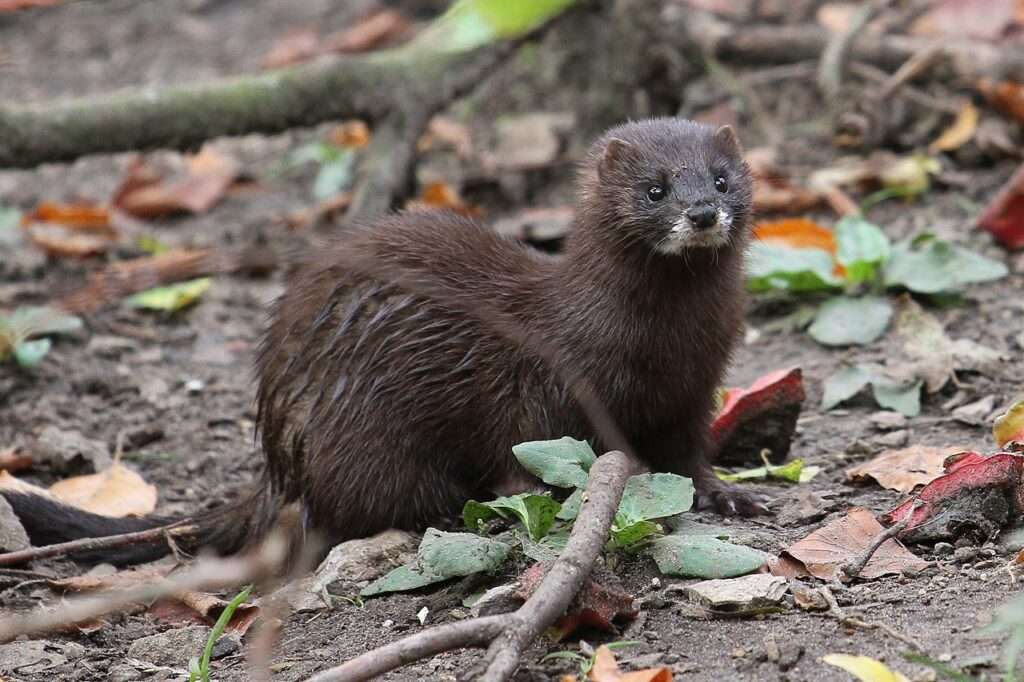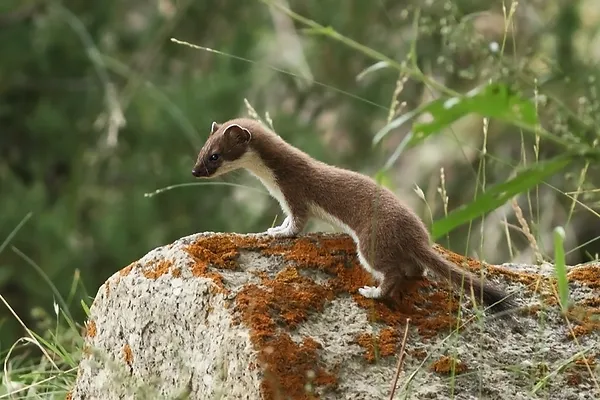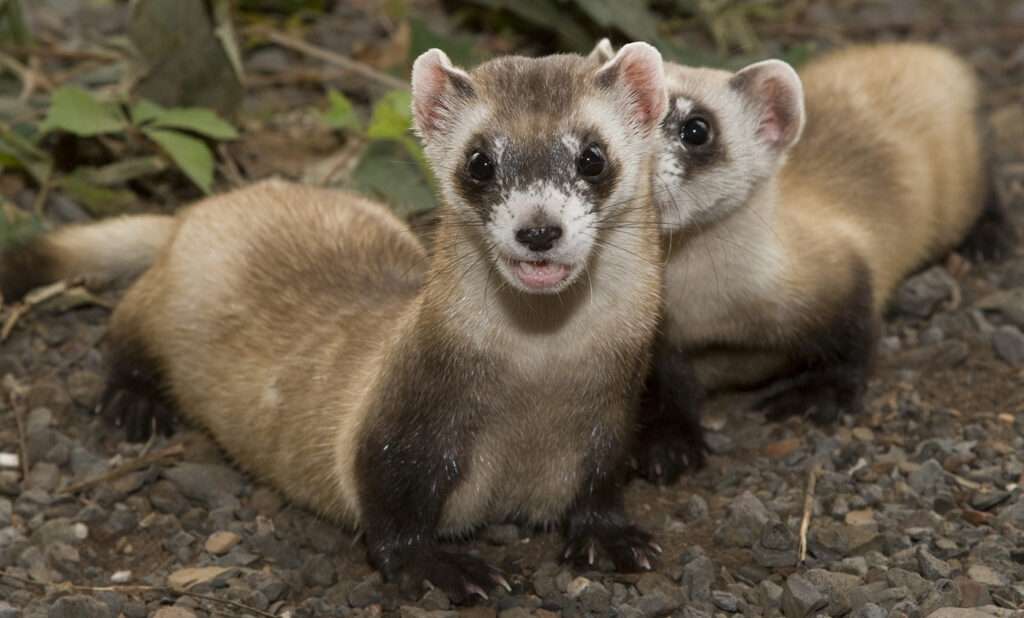
Description
Scientific Name: Mustela lutreola
A semiaquatic species of mustelid native to Europe is the European mink (Mustela lutreola), commonly referred to as the Eurasian mink and Russian mink.
The medium-sized European mink has a long torso, short legs, and a short tail. European mink have a thick, water-repellent overcoat in the winter. Dark brown to black is the colour of the fur, and brown underfur is typical. Both the lips and the chin of M. lutreola are white. There may be white spots on the throat, chest, and abdomen of some European minks.
Habitat
The Irtysh and Ob Rivers are among the locations in Europe where Mustela lutreola can be found, as well as parts of NE Spain and France. Mustela lutreola flourishes at the banks of freshwater creeks, rivers, and lakes that are heavily forested. M. lutreola may dig their own burrows, occupy a water vole’s evacuated hole, or reside in cracks between tree roots.

Behavior
Except for the breeding season, the European mink leads a solitary life. European minks have excellent vision by the age of four weeks. M. lutreola are most active in the evening and early morning.
Diet
An opportunistic predator, a European mink mostly preys on rats, rabbits, birds, crayfish, fish, and frogs. They might also consume plants and insects.
Table





